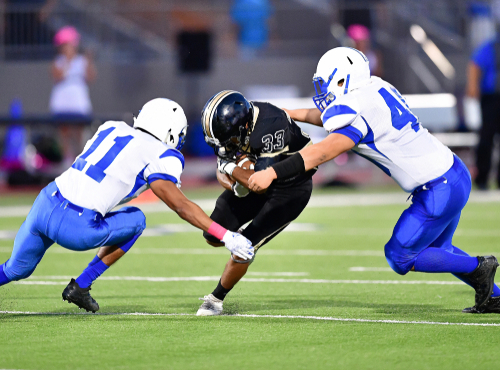
Playing American football is linked with a higher risk of developing Parkinson disease (PD), according to a study published in JAMA Network Open.
Identifying risk factors for PD is critical for early detection and diagnosis. One such risk factor is traumatic brain injury, as observed in both nonhuman models and autopsies. The exposure to repetitive head impact related to playing American football has been associated with Lewy body pathology and might be an independent risk factor for parkinsonism and PD, the researchers noted. Parkinsonism has been observed in boxers, but less is known about the association between participation in American football and PD; however, interviews with family members of deceased National Football League players revealed Parkinson-like symptoms are common.
A Concerning Link
In a cross-sectional study, researchers leveraged data from the online Fox Insight study to assess 1875 men. Participants self-reported whether they currently had a diagnosis of PD. All participants endorsed playing organized sports. Former athletes were subsequently stratified into two groups, those who participated in football (n=729 [38.9%]) and those who participated in other sports (the reference group). Outcomes of interest were the associations between PD and history of football play, duration of football play, highest level played, and age at first exposure, which was measured using logistic regression.
The findings showed that playing football was associated with higher odds of having a parkinsonism or PD diagnosis (odds ratio [OR], 1.61; 95% CI, 1.19-2.17). Overall, the analysis showed that longer duration of play (OR, 1.12; 95% CI, 1.02-1.23) and a higher level of play (OR, 2.93; 95% CI, 1.28-6.73) were associated with increased odds of having parkinsonism or PD compared with the reference group.
“The findings suggest that American football participation might be a risk factor for developing parkinsonism or PD. Prospective research among community-based samples that objectively evaluate parkinsonism and PD in former American football players across different levels of play will clarify the observed associations,” the researchers concluded.







 © 2025 Mashup Media, LLC, a Formedics Property. All Rights Reserved.
© 2025 Mashup Media, LLC, a Formedics Property. All Rights Reserved.